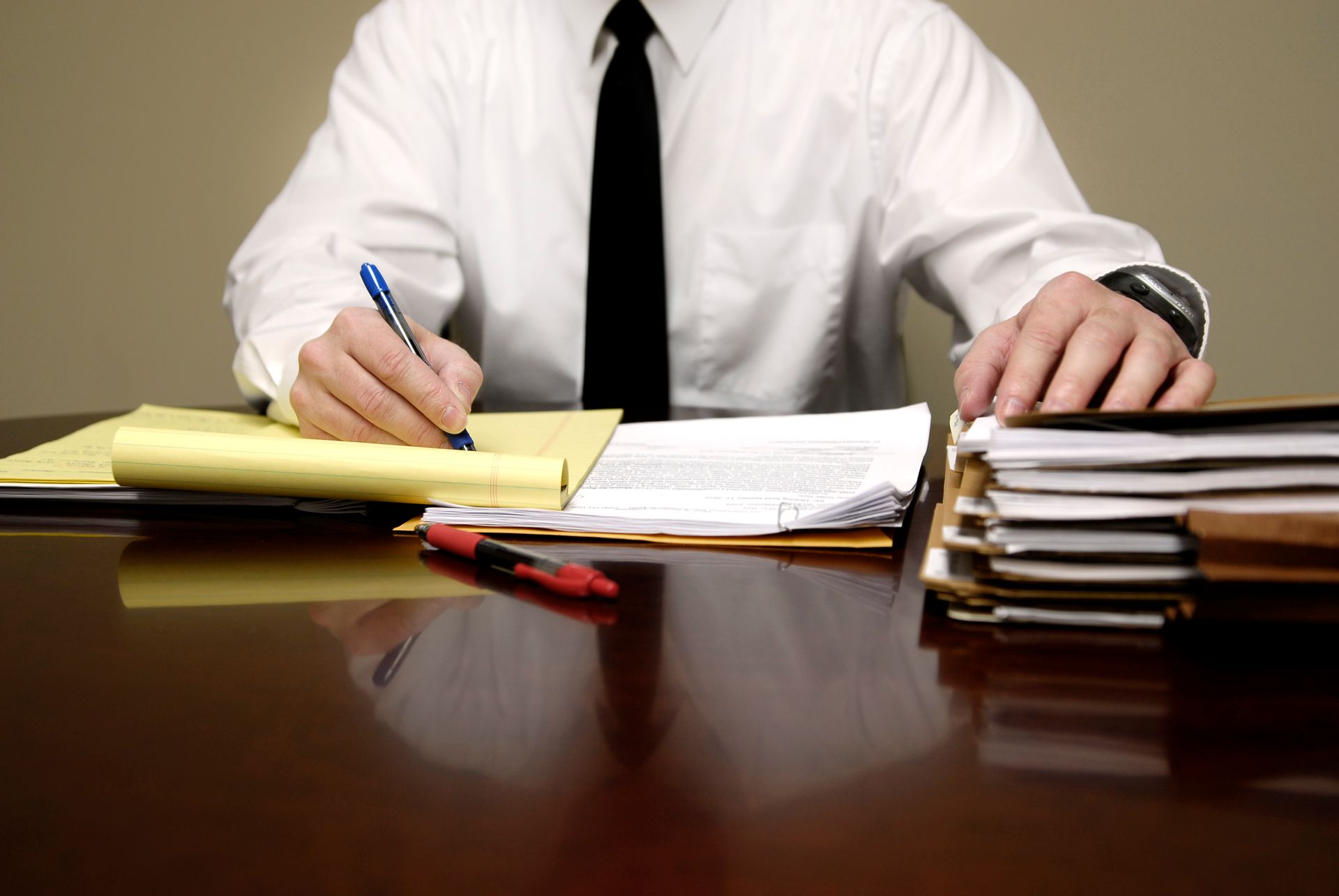Shared Fault For Accidents — Can You Still Be Compensated?

Who is at fault for your personal injury? This is one of the most important questions to answer after any accident. However, it may not be as simple as many think. And determining liability has a huge impact on how you can seek damages in order to complete your recovery. To help you protect and assert your rights as an accident victim, here's what everyone needs to know about fault in personal injury law.
Can Multiple People Be At Fault?
Accidents can either be the result of one party's actions (or inactions) or they can have many contributing factors. Consider a car accident involving two vehicles who collide in an intersection on a snowy morning. In one scenario, the street has been plowed and one driver is paying careful attention. The second driver, though, is texting and causes the collision. That person is likely 100 percent at fault.
However, what if one driver was speeding while the other was texting? In this case, both contributed to the accident. Fault may be assigned on an even 50/50 basis, or it could be that the texter is found to be more at fault. But if the road had not been properly plowed, the city or county may even be assigned some portion of liability for the accident.
Can You Be At Fault and Get Damages?
As demonstrated above, both drivers may share responsibility even if they were injured. How does this affect your ability to get compensation from insurance carriers or to seek damages in court? The answer depends on your state.
States determine which doctrine regarding fault their courts will follow. These doctrines are known as contributory negligence and comparative negligence. The latter is also further categorized as 'pure' or 'modified' comparative negligence.
Contributory negligence is the most challenging for accident victims. This doctrine stipulates that if a victim has even one percent of the responsibility for the accident, they cannot receive damages in court. Only a few Eastern states use this doctrine.
New York, like many other states, follows the rule of pure comparative negligence instead. Comparative negligence allows parties to seek damages in court, but the money is reduced by the percentage of fault they are assigned. So if two drivers above are equally at fault, each person's own damages would be reduced by 50 percent in the judgment.
Who Determines Fault?
With all this discussion about how fault affects compensation for injuries, it's important to address who actually finds fault. This can be one of several parties.
In some cases, law enforcement may make the first assignment of fault by citing one or more parties for violating the law. They may issue the speeding driver a ticket, for instance. While this limited fault-finding isn't binding on insurers, it does establish at least some liability.
Insurance carriers are usually the next to try to determine fault. They will make their own investigation, using police reports, witness statements, and other evidence. If you disagree with the results of that investigation, you generally may negotiate with them directly for a more favorable outcome.
Finally, a jury may determine fault if one party sues another for damages. Both sides make their case as to who really is at fault and for how much of the accident. But the jury will ultimately do their own math and return their independent judgment. This is the basis for any comparative negligence reductions. Different juries can return different judgments, too.
Where Should You Start?
If you may share some fault for an accident in which you were injured, start by learning more about how comparative negligence works in New York. Spiegel & Barbato, LLP, can help. Call today to find more answers to your questions or to make an appointment. With our experience on your side, you'll have the best outcome possible no matter what the circumstances.












































































